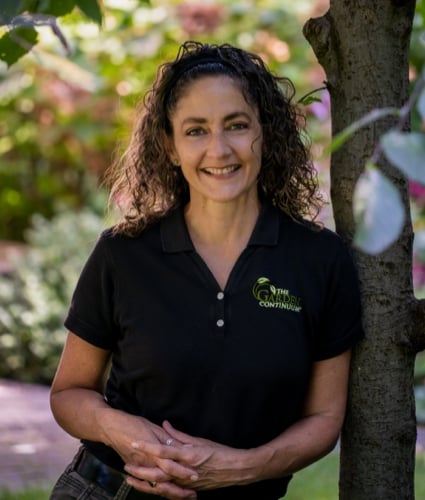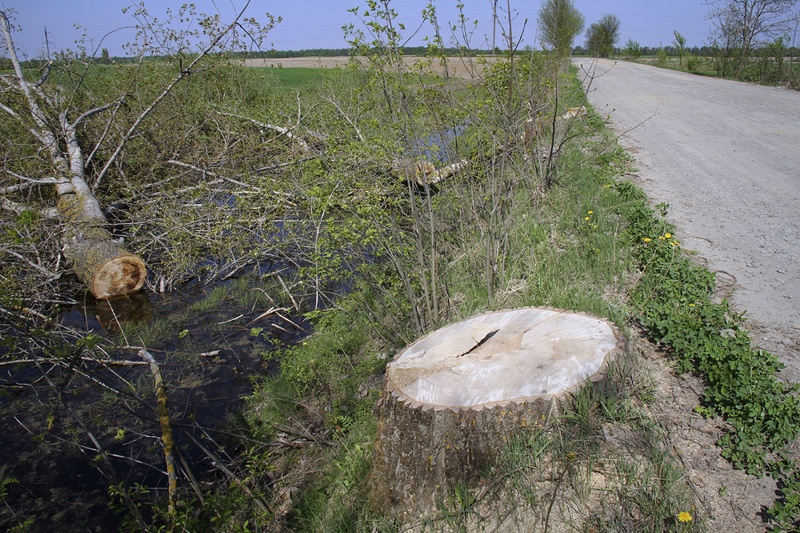Property owners undertaking landscaping projects adjacent to watershed resources or other public property without first making application to the local conservation commission often unwittingly run afoul of environmental regulations. Often the property owner is simply unaware of the rules and regulations governing land development in their community.
The lucky ones are those who may have not gone too far with their landscaping project, or who have done work (which may be “damage” in the eyes of the conservation agent or conservation commission), which can be undone or revised to meet by-laws and satisfy the agent or commission. The truly unfortunate ones are those who may have cut down trees that are viewed as vital to protecting water resources or some other environmentally sensitive feature. So how can you minimize and manage the damage you’ve done and still try to keep your landscaping project on track?
Here are three tips to help you address enforcement orders:
- Put on a friendly smile
Let’s face it – the conservation commission is going to be upset with you for cutting down those trees without first getting permission. The worse thing you can do right now is hold fast to your assumed right that you can do whatever you want on your property. You assumed wrong. The sooner you let go of the attitude and make a good faith effort to fix things, the better it will go for you.
If you’ve been served with a Dept. of Environmental Protection (DEP) enforcement order, chances are someone reported your transgression – a neighbor or even someone on the conservation commission who noticed what you were doing. In any case, don’t bother trying to find out who ratted you out, that’s counter-productive and a waste of time and effort. Instead, focus on getting ahead of the problem by making an appointment and going into the office with the agent before the enforcement meeting. Do it face-to-face if at all possible. Otherwise, do it by phone. Do NOT do it through email.
- Have a good answer
You will be expected to explain yourself, so be prepared to have a really good answer. You can start with “I’m SO sorry, I didn’t know I couldn’t take down those trees.” However, don’t be surprised if this doesn’t play as well as you’d like it to, so also be prepared to discuss why you did what you did and couch your discussion and actions in the most positive way possible. It helps to be open and honest.
- Be prepared to fix it.
Intentionally or not, you caused damage in the eyes of the conservation commission and DEP, so be prepared to fix it. You’ll be requested to take certain steps to remediate your actions so write down everything you’re asked to do. Keep the discussion civil and see if there is room for compromise on any or all of the steps. If possible, make an appropriate counteroffer that might accomplish their goal while saving you time and money.
The best thing you can do is to educate yourself on the environmental laws and by-laws affecting your community and your property before you undertake a landscaping project. This will go a long way in helping you avoid unnecessary and potentially expensive mistakes. If you really want to ensure that your landscaping dreams are fulfilled, consider hiring a landscape design professional with conservation experience. If you are a die-hard DIYer, head down to you local conservation commission and have a chat with the conservation agent who will most likely become a great help and ally.
Tweetable tip: I’m SO sorry. I didn’t know I couldn’t take down those trees! http://ctt.ec/G5HLm+
And remember, even if the wetland or waterway isn’t on your property; it may still effect your ability to do work. Your land MAY be in jurisdiction. Beware and be informed before you fire up that chainsaw!





Leave a comment